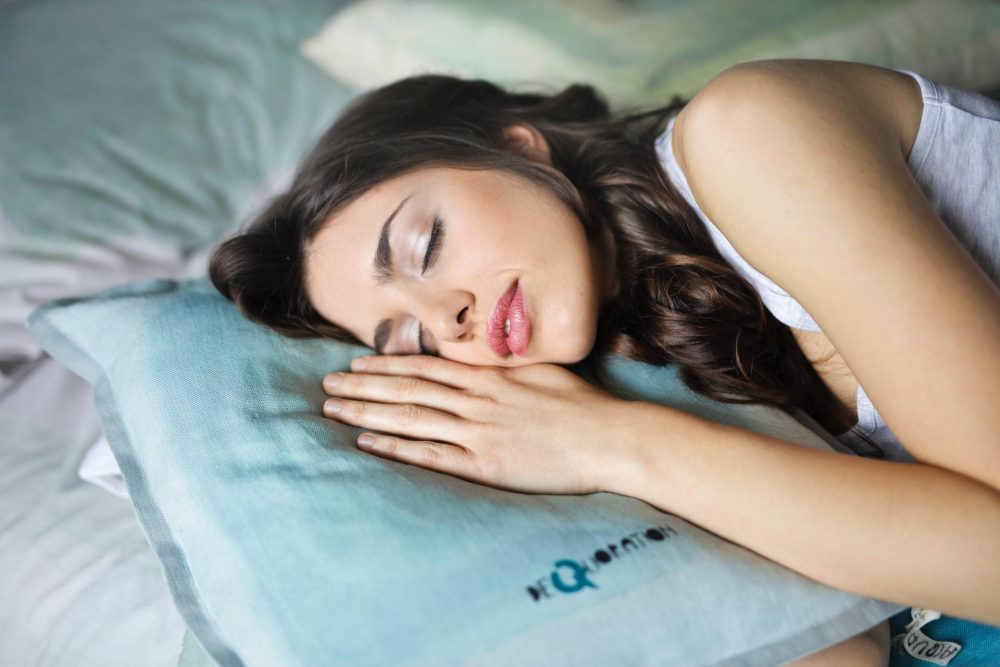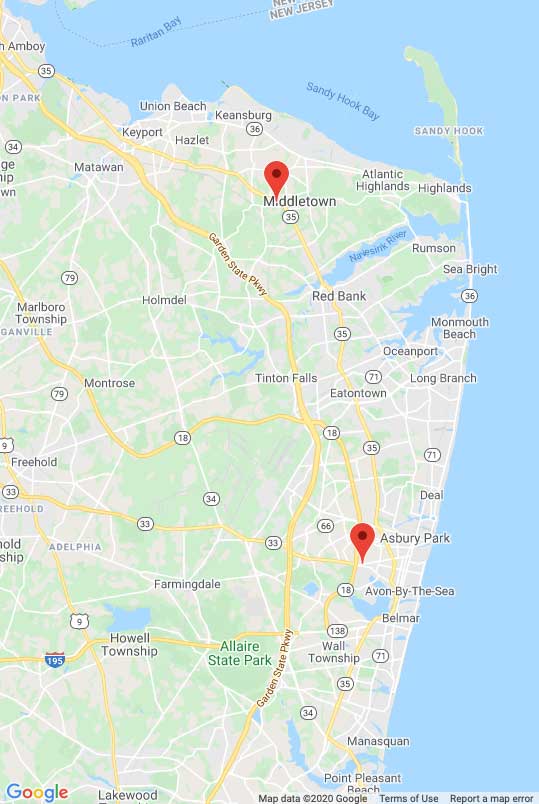Getting a quality night’s sleep is essential for our mental and physical health. Reasons such as stress, anxiety or a sleep disorder may prevent you from getting sound sleep. If you don’t sleep properly, you may feel tired and cranky all through the day. A sleep study can help diagnose any underlying sleep disorders that affect your sleep.
What Is a Sleep Study?
A sleep study, also known as polysomnography, is a comprehensive, non-invasive overnight test that helps doctors diagnose sleep disorders such as restless leg syndrome, insomnia and sleep apnea. This exam uses monitoring devices to record the oxygen levels in your blood, eye and leg movements, brain waves and breathing and heart rate while you sleep.
Apart from diagnosing sleep troubles, this exam can help adjust or revise your treatment plan if you’ve already been diagnosed with a sleep disorder. This test requires the candidate to go to a sleep laboratory for an overnight stay. An ECG monitors your breathing, brain waves and heart rate while you sleep. A sleep technician also watches you through a discreet camera to observe snoring and body movements.
We understand it can be unsettling to sleep somewhere other than your bedroom, knowing that you are under observation. But, the more you know about how sleep study is conducted and how it helps understand your sleep patterns, the more comfortable you will feel. Learn about the essentials for preparing for your sleep study.
Who Needs a Sleep Study?
Your doctor may recommend a sleep study if you have the following symptoms:
- Waking up frequently
- Snoring
- Sleepwalking
- Having trouble falling asleep
- Daytime sleepiness
We can help identify whether these symptoms reflect an underlying sleep disorder and devise a suitable treatment plan to help you sleep better.
Why Is a Sleep Study Done?
A sleep study monitors your sleep cycles and patterns to identify why and when your sleep is disrupted. A typical sleeping process starts with the initial sleep stage known as non-rapid eye movement sleep (NREM). In this stage, your eyes don’t move rapidly as your brain waves and activity slows down considerably.
After about an hour or so, your brain activity increases again. This stage is known as rapid eye movement (REM) sleep, and most dreaming occurs in this stage. There are multiple sleep cycles between NREM and REM sleep, which can be disturbed by sleep disorders.
A sleep study can help diagnose sleep disorders like:
- Narcolepsy: A neurologic condition that causes excessive daytime sleepiness, overwhelming drowsiness and sudden attacks of sleep.
- Sleep Apnea: The patient’s breathing frequently stops and starts while sleeping.
- Restless Leg Syndrome: This condition causes restlessness or an uncomfortable feeling in the legs, causing a sudden urge to move them while you fall asleep.
- Insomnia: A condition that makes it hard for people to sleep during the night.
Sleep Dynamics at Your Service
We understand how troublesome it can be when you don’t get sound sleep. We are here to help devise suitable treatment plans to help with your sleep disorders. Contact us today to learn more about our services.



